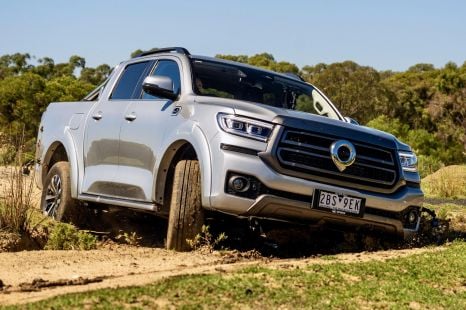

Max Davies
2026 GWM Cannon Ultra review
6 Days Ago
Even at $32,490 drive away, the ASX GSR is still a strong value proposition given the level of standard kit and competitive engine specs
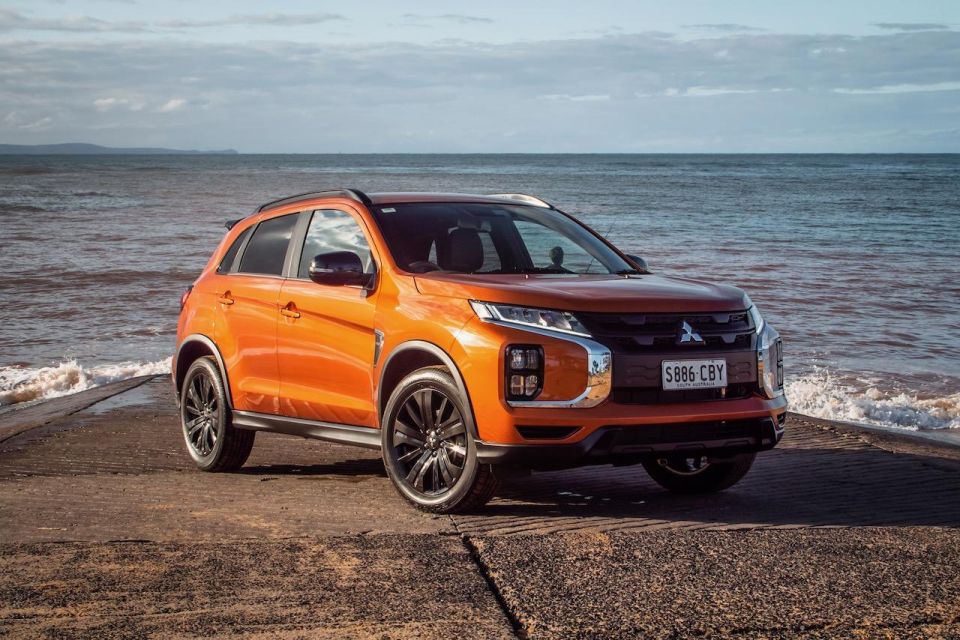


Senior Road Tester
New from
$23,990
excl. on-roads

Senior Road Tester
New from
$23,990
excl. on-roads


Senior Road Tester
New from
$23,990
excl. on-roads

Senior Road Tester
New from
$23,990
excl. on-roads
Quickly see how this car stacks up against its competition. Select any benchmark to see more details.
Where expert car reviews meet expert car buying – CarExpert gives you trusted advice, personalised service and real savings on your next new car.
SUVs have been winning the sales battle in Australia for more than a decade. While the mid-sized category continues to top the charts, small SUV sales follow close behind, with the star of the show still Mitsubishi’s ASX.
By last count there were no less than 20 different makes and models competing, with more than few big-selling names in the mix including the Honda HR-V, Hyundai Kona, Kia Seltos, Mazda CX-30, Nissan Qashqai, Subaru XV and Toyota C-HR.
It’s a tough segment to compete in, one that’s fought in the trenches with both price and equipment levels key to a model’s success.

Never before have buyers had so much for so little in a small, city-based SUV with all models offering a solid value for money proposition in this segment.
Those looking at the trusty Mitsubishi ASX are in for a pleasant surprise, because the 2020 model has been treated to the most extensive facelift since the ASX launched a decade ago.
The new face is the most obvious change and a welcome one, given the ASX has always been cheap and cheerful and looked that way too. It simply lacked the character of many of its key rivals.

Mitsubishi’s bold new Dynamic Shield design language dials some masculinity into the look, particularly on our Sport-themed GSR, which adds a raft of black accents to the exterior including the bulk of the grille, wheels, door mirrors, fog lamp surrounds, side skirts, and badging.
Lights are LEDs all-round and they make quite a difference to the general appeal of the ASX, as well as the new rear diffuser-style skid plate insert and roof spoiler – also in black. What really looks good are the contemporary, quad-bank fog lights up front, with a strong light signature to cap it all off.
All-in-all it’s a more rugged design that pulls the ASX in line with Mitsubishis like the larger Eclipse Cross, Outlander, Triton, and Pajero Sport.
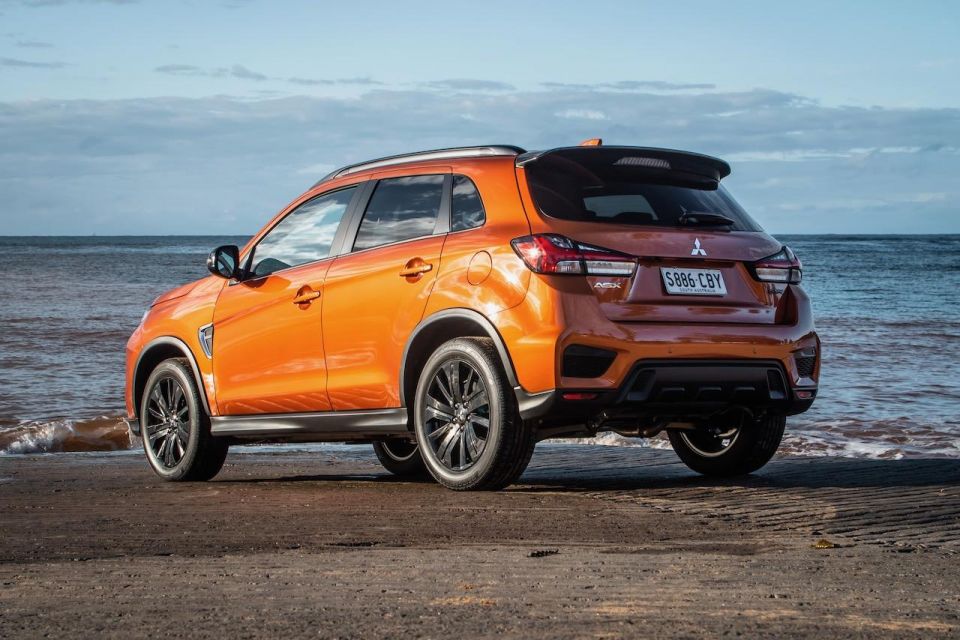
Thankfully, the colour palette is largely devoid of boring greys, instead offering brighter paints like the Sunshine Orange of our GSR tester. Granted, there are Titanium and Sterling Silver in the mix.
Choosing the GSR will set you back $30,740 before on-road costs, which Mitsubishi quotes as $32,490 drive-away. It’s only one notch down from the top-spec Exceed that has a drive-away price of $35,990.
But with seven different ASX variants in the model range, you can also get into one for as little as $24,990 drive-away – that’s for the ES with a five-speed manual transmission.
If you want the cheapest auto, you’ll need to stump up $26,740 drive-away. That gets you a CVT and a host of standard kit, including all the latest passive and active safety systems.
Buy your new car without the stress. It's fast, simple and completely free.

Great service from Travis and team, second time I have used this business would not hesitate to recommend them to anyone
Craig C.
Purchased a Ford Ranger in Sunshine Coast, QLD
CarExpert helped Craig save $7,224 on his Ford Ranger, now let us save you on your next new car.
Get your BEST priceAt the end of the day, the price you pay at the dealership will be dependent on a number of factors such as when you want to buy (is the dealership chasing sales?), the stage of life of the model you’re purchasing (is a new generation being launched soon?) and of course your strength as a negotiator.
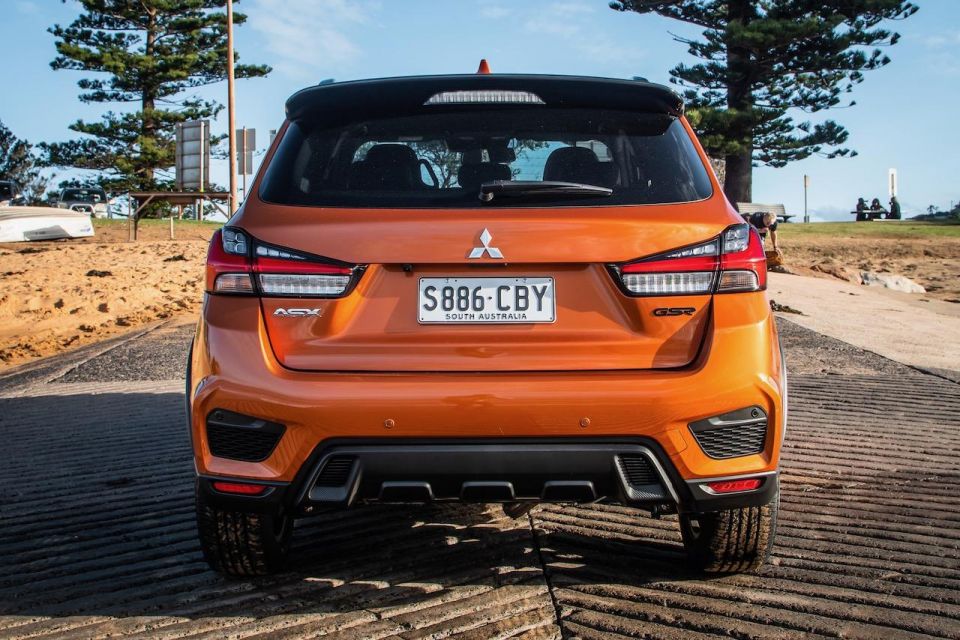
Buyers can choose from several option packs including the Adventure Kit ($1699), which adds roof rack cross bars, bonnet protector, headlight protectors, nudge bar, cargo liner, and boot flap scuff guard.
The Protection Pack ($999) includes outer scuff plates, a bonnet protector, headlight protector, weather shield cargo liner and carpet mats, while the Style Set ($2199) adds an alloy fuel lid, front skid plate, tailgate protector, chrome door handles, and silver door mirror covers.
For starters, buyers get the option of Sunshine Orange which is exclusive to the GSR and Exceed. It marries well with the black accents mentioned earlier in the review. It looks and feels a bit more special than the rest of the line-up.


Also unique to the GSR is a sports mode and metal paddle-shifters, which definitely put some extra oomph into the driving experience as well as what is an otherwise fairly dull CVT transmission – not unlike the majority of CVTs.
And, then there’s the engine itself, generating 12 per cent more power and 13 per cent more torque which is definitely felt behind the wheel.
I’d like to say the GSR gets a heap more kit than its less expensive stablemates and to some extent that’s true, but the reality is even the entry-level ASX ES comes loaded with essential features and creature comforts.
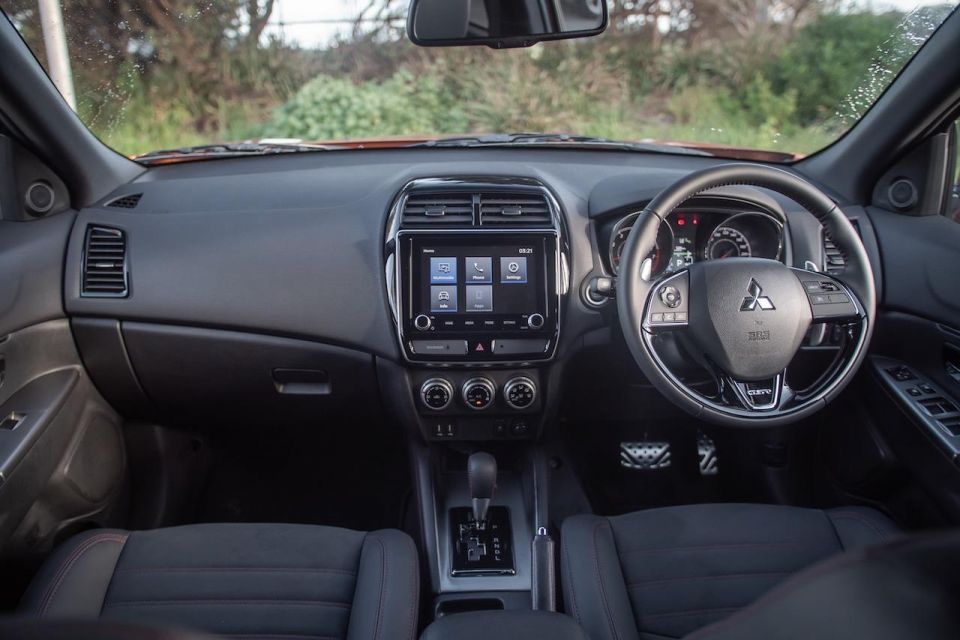

For starters, there’s 18-inch alloy wheels, LED headlamps and daytime running lamps, LED brake, tail and reverse lights. You also get a leather-wrapped steering wheel, climate control, and electrically operated door mirrors with power-fold function.
There’s also an 8.0-inch touchscreen (up from 7.0- on the previous version) with Apple CarPlay and Android Auto, an auto-dimming rear-view mirror, a reverse camera, auto headlights and auto high-beam for all variants other than the base ES.
That said, the GSR improves the offering further by including micro suede and synthetic leather upholstery with contrast red stitching, black headlining, and an uprated six-speaker audio system.


All ASX variants get a five-star ANCAP safety rating based on crash tests performed in 2010 and covers all variants built from September 2019, being the most recent upgrade.
In the important frontal offset crash, the ASX scored 14.3 out of a possible 16 points. And in the side impact and pole test it managed perfect scores.
Overall, the ASX notched up 34.13 from a possible 37 with all variants benefiting from dual frontal, side chest, and side head airbags (curtains) and a driver knee airbag as standard.
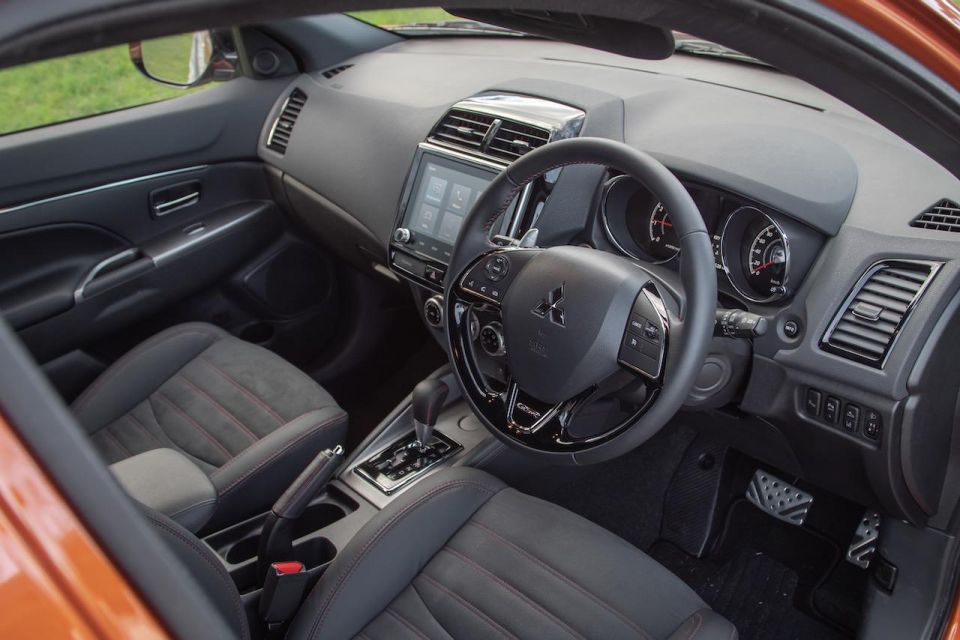

Reversing collision avoidance and forward collision warning are standard, as is autonomous emergency braking with pedestrian protection.
In addition, all Mitsubishi ASX variants bar the base ES are equipped with the Mitsubishi’s ADAS safety pack which adds lane departure warning, lane change assist, blind-spot monitoring, reverse parking sensors, and rear cross-traffic alert.
Included in the pack is also auto high beam, front fog lamps, rain-sensing wipers and dusk-sensing headlamps.
It’s a comprehensive bundle of safety systems for sure, although it’s somewhat disappointing entry-level buyers need to cough up another $2500 for the privilege.
Relatively roomy, modern, and blessed with a simple yet interesting mix of materials (some cheap) were my first impressions of the ASX GSR.
The micro suede wrapped seats are genuinely comfortable and supportive, and the vehicle is wide enough for passengers (ideally four, not five) not to feel bunched up or too close to one another.
While hard plastics are unavoidable in this category, touch points such as the steering wheel and centre console get the same kind of smooth plastic used by the likes of Mazda and Subaru – only in the Mitsu it’s used far more sparingly.
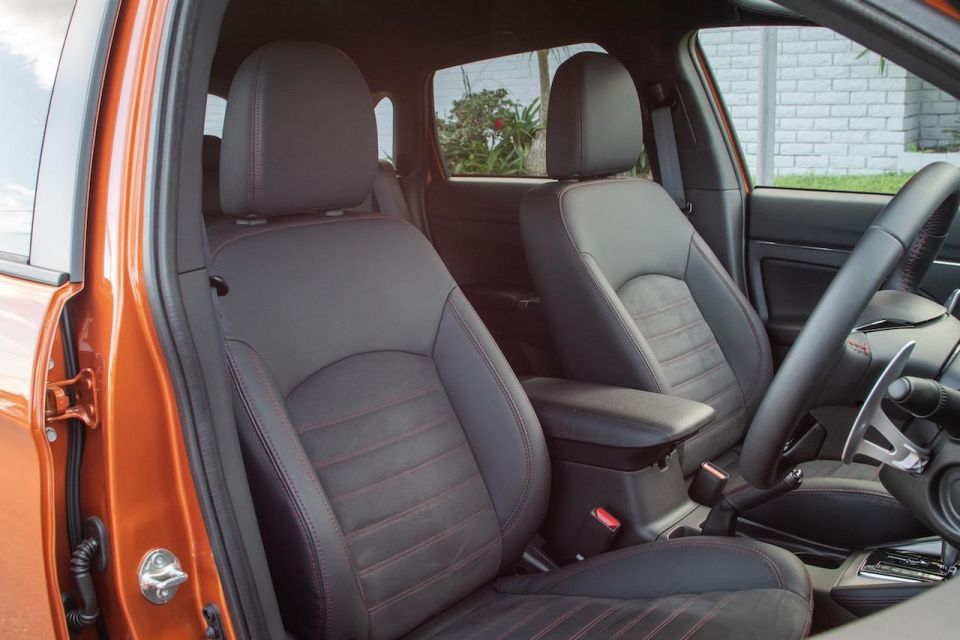



That said, there’s good use of piano black and brightwork to offset the grey. The metal-look rotary dials feel semi premium, as does the leather-wrapped steering wheel.
There are two USB ports up front but none for the second row. The lighting uses old-school globes and not the more contemporary LEDs used extensively today.
Rear seat passengers do get decent head- and leg space, but there are no air vents which is disappointing. The same goes for the lack of a digital speedo – something that should be mandatory with ever-changing and ever-slowing speed limits.
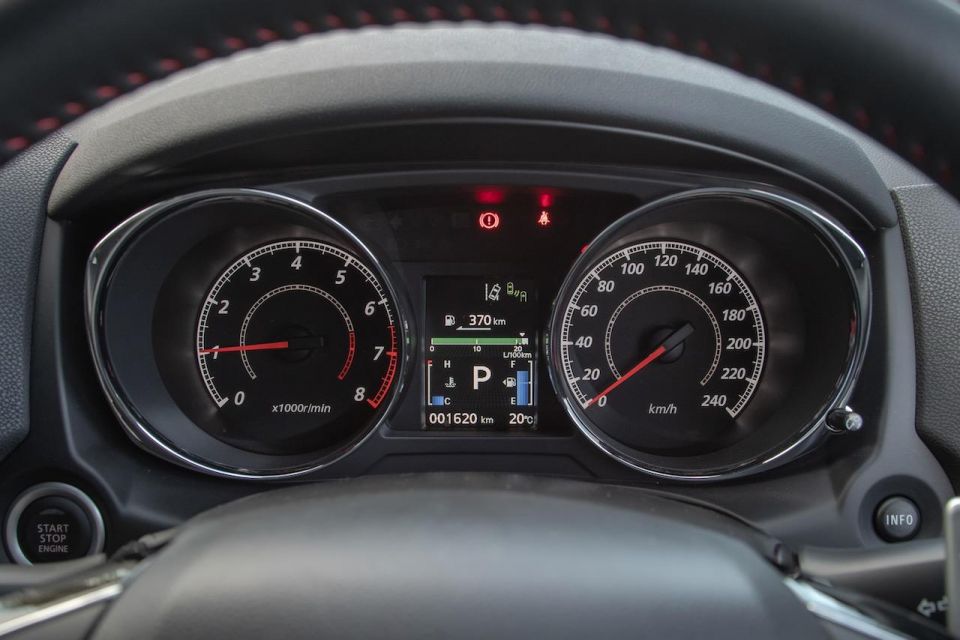

Luggage space is a pretty useful 393 litres. That’s enough for four soft bags (as tested) and then some. Fold the rear seats and cargo space expands to 1193 litres with a wide aperture for easy loading of gear to boot.
Oh, and there’s a space saver tyre under the cargo floor.
Unlike lower variants in the line-up which make do with a 2.0-litre four-cylinder petrol engine, the GSR gets an uprated 2.4-litre engine making an extra 13kW of power (123kW) and 25Nm of torque (225Nm).
By way of comparison Honda’s HR-V uses a 1.8 litre four-cylinder making 105kW and 172Nm, while the Hyundai Kona offers a 2.0-litre four-cylinder petrol engine producing 110kW and 180Nm, or a more powerful 1.6-litre turbo’d four making 130kW and 265Nm.

If you’re partial to Toyota’s edgy C-HR it also gets a four-cylinder turbo petrol with a 1.2-litre displacement that generates 85kW and 185Nm of torque, so in that regard the Mitsubishi ASX GSR is quite well catered for in the power stakes.
First and foremost, to properly enjoy a car you need to be comfortable and have good all-round vision. The ASX delivers thanks to its body-hugging suede seats, decent glasshouse, and relatively high-set driving position.
I’ve never been a big fan of CVT transmissions due to their rev-flare nature and the lack of gear ratios felt by the driver. It’s a simple system, but it never feels like a proper gear shift. It’s worth noting plenty of manufacturers use them.
That said, the GSR’s more powerful 2.4-litre powertrain marries well with the CVT – at least better than I expected.
The GSR gets a six-speed function that tries to mirror a regular gear change by using a series of steps – but that’s only if you’ve elected to use the paddle shifters, which was anytime I wasn’t in bumper-to-bumper traffic.
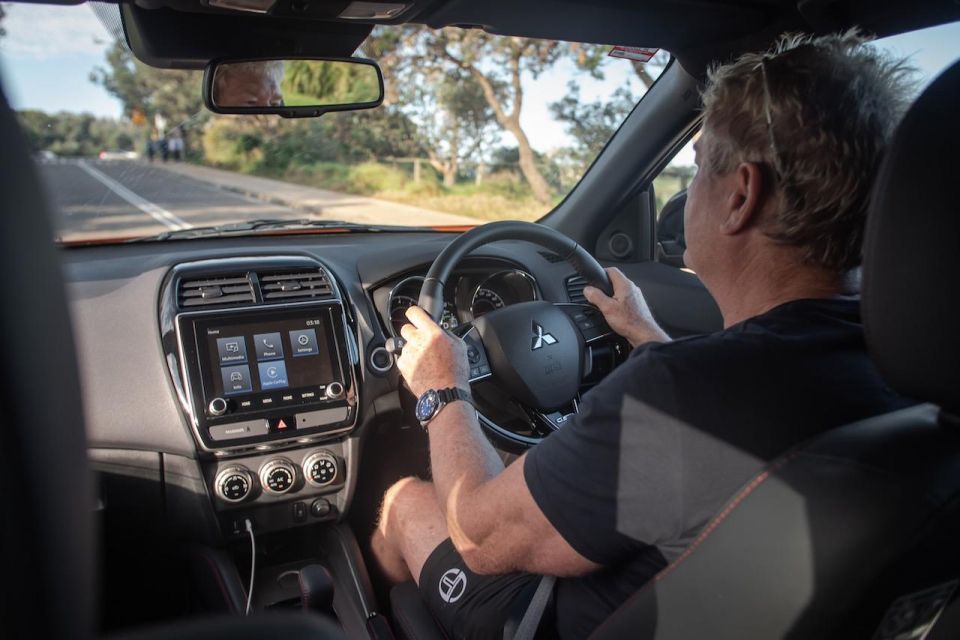

The good news is there’s less flaring in the GSR than many other CVTs, and the car is quieter for it. It’s also got good throttle response when pulling away from traffic lights. It even sounds quite good, with a bit of a snarl to the engine note under load.
Tipping the scales at 1390kg (10kg more than the 2.0L) the GSR feels relatively light on its feet for its size. Put that down to an evenly weighted steering system. That said, turning in even at moderate speeds produces noticeable body roll.
Ride comfort is so-so over anything but the smoothest tarmac. Regrettably there wasn’t much of that during our test period with the ASX.

Where expert car reviews meet expert car buying – CarExpert gives you trusted advice, personalised service and real savings on your next new car.
Large speed bumps are mostly absorbed, but things like metal expansion joints are felt quite harshly through the chassis. It always feels busy and never really settles, and is therefore less comfortable than many rivals.
The ASX GSR claims a combined fuel consumption of 7.9L/100km but we were using closer to 12L/100km. Put that down to my tendency of being constantly on the throttle. Not sure I’d be able to better this figure either without altering my driving style completely.
That said, all my driving was urban and short runs – mostly with traffic. Longer hauls may bring consumption closer to the published figure.

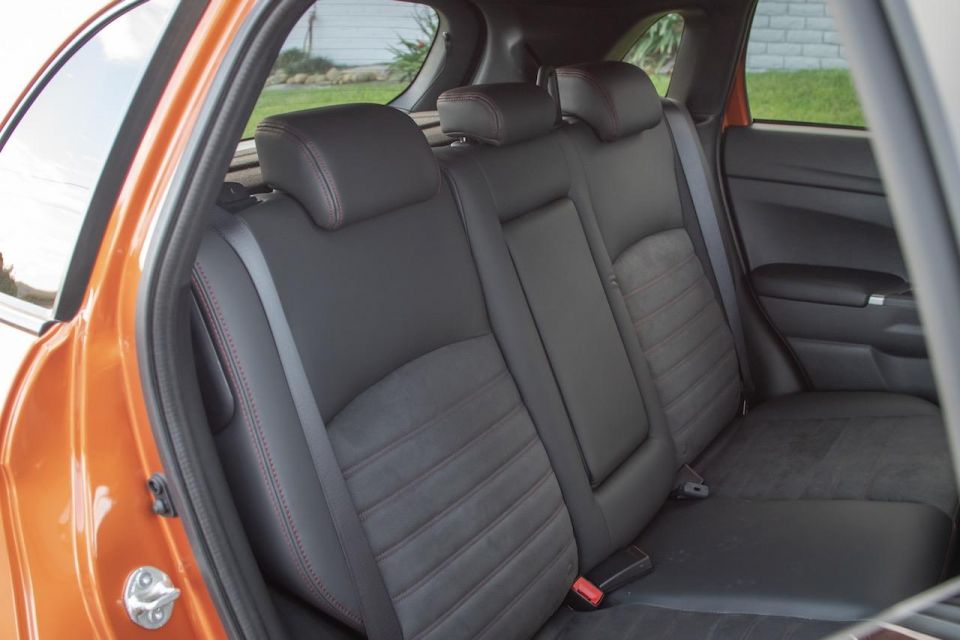


The ASX is covered by Mitsubishi’s five-year/100,000km warranty with service intervals every 12 months or 15,000km at a very reasonable $199 per-visit service costs.
Buy your new car without the stress. It's fast, simple and completely free.

Great service from Travis and team, second time I have used this business would not hesitate to recommend them to anyone
Craig C.
Purchased a Ford Ranger in Sunshine Coast, QLD
CarExpert helped Craig save $7,224 on his Ford Ranger, now let us save you on your next new car.
Get your BEST priceDrill down into the detail and the ASX GSR is by no means perfect, with a busy ride and omissions like the lack of a digital speedo and rear air vents.
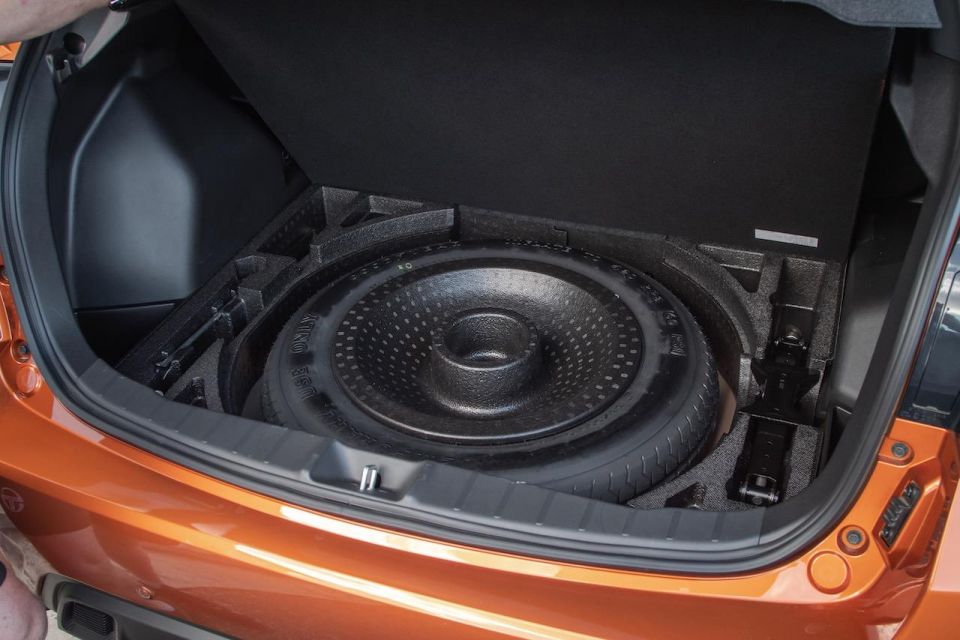



However, with its smart new looks, more powerful engine and a solid list of standard features including all the latest safety kit, the ASX (even in GSR guise) is still a relative bargain, which is exactly why it continues to smash the sales charts.
Where expert car reviews meet expert car buying – CarExpert gives you trusted advice, personalised service and real savings on your next new car.


Max Davies
6 Days Ago
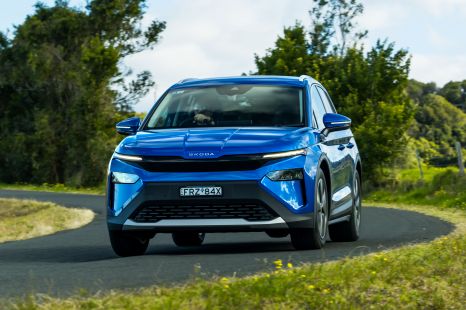

Josh Nevett
4 Days Ago
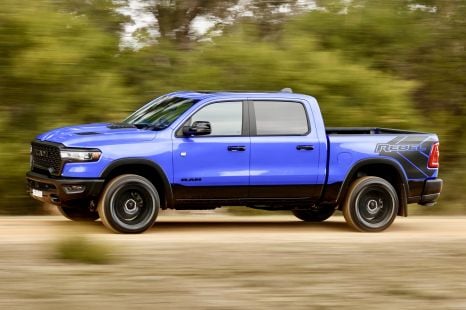

Max Davies
4 Days Ago


Max Davies
3 Days Ago
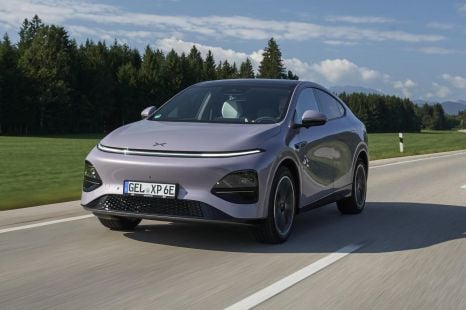

Neil Briscoe
2 Days Ago
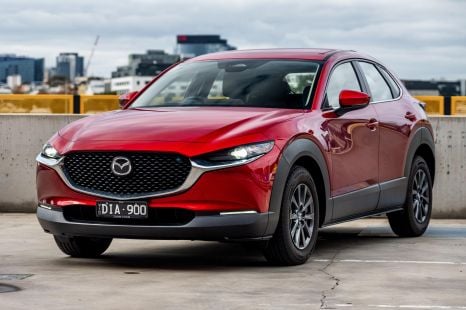

Max Davies
1 Day Ago